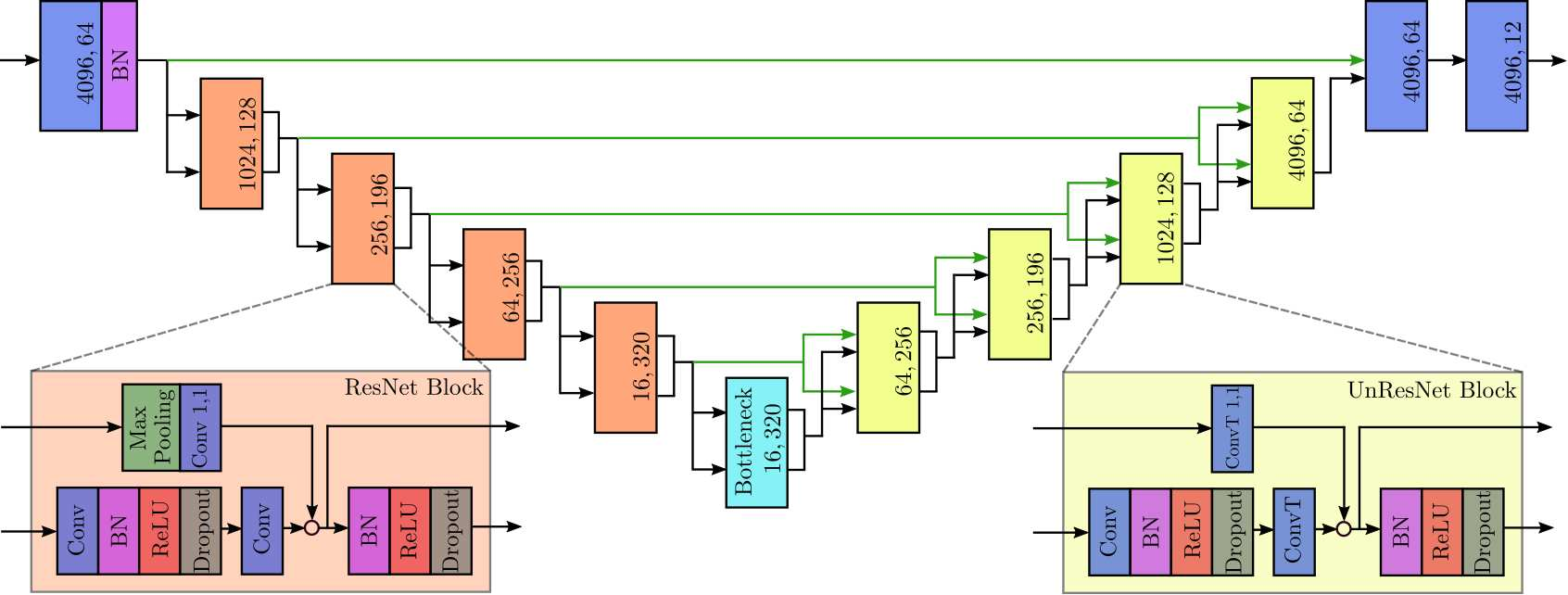First Steps Towards Self-Supervised Pretraining of the 12-Lead ECG

Abstract
Self-supervised learning is a paradigm that extracts general features which describe the input space by artificially generating labels from the input without the need for explicit annotations. The learned features can then be used by transfer learning to boost the performance on a downstream task. Such methods have recently produced state of the art results in natural language processing and computer vision. Here, we propose a self-supervised learning method for 12-lead electrocardiograms (ECGs). For pretraining the model we design a task to mask out subsegements of all channels of the input signals and try to predict the actual values. As the model architecture, we use a U-ResNet containing an encoder-decoder structure. We test our method by self-supervised pretraining on the CODE dataset and then transfer the learnt features by finetuning on the PTBXL and CPSC benchmarks to evaluate the effect of our method in the classification of 12-leads ECGs. The method does provide modest improvements in performance when compared to not using pretraining. In future work we will make use of these ideas in smaller dataset, where we believe it can lead to larger performance gains.
Authors: Daniel Gedon, Antônio H. Ribeiro, Niklas Wahlström, Thomas B. Schön
Publication: Computing in Cardiology (CinC), 2021 (Online)
Links: Paper Slides Video (10 min)
BibTeX Citation:
@inproceedings{ribeiro2020ecgensemble,
author={Gedon, Daniel and Ribeiro, Antônio H. and Wahlstr{\"o}m, Niklas and Sch{\"o}n, Thomas B},
booktitle={Computing in Cardiology},
title={First Steps Towards Self-Supervised Pretraining of the 12-Lead ECG},
year={2021},
pages={1-4},
note={online},
}
Back to page: Publications or Talks.
